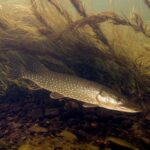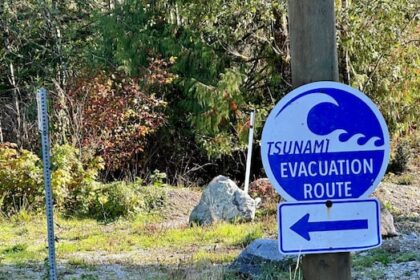Article contentArticle content Lobster boats rest in the water alongside the wharf in Victoria, P.E.I. Catches have surged in eastern areas of the strait, from Murray Harbour to Victoria, while declines have been felt in fishing grounds to the west of the Confederation Bridge. Photo by Ryan Ross /The GuardianArticle contentArticle contentArticle contentSeason timing and other stressorsArticle contentArticle contentLobster moulting and mating occur primarily in summer and early fall, making them vulnerable to disturbance. In LFA 25, the season runs from August to October — directly coinciding with this critical life stage. Catching lobsters during this period disrupts reproduction and removes large, egg-bearing females before they can contribute to future stocks.Article contentBy contrast, the eastern LFA (26A) in the strait (like most other LFAs in the Maritimes) operates in spring (April to June), avoiding both the moulting period and potential summer runoff peaks. This allows lobsters to reproduce undisturbed, leading to stronger recruitment and higher catches. The success of these areas underscores how season timing — not ice conditions — is the decisive factor in stock health.Article contentScallop dragging in LFA 25’s deeper, muddier western grounds may further disrupt lobster habitat more severely than in eastern areas, where harder sea floors are less vulnerable to gear disturbance. The summer scallop season’s overlap with lobster moulting in LFA 25 could compound ecological pressures that other LFAs avoid with their spring fisheries.Article contentArticle contentFinally, the area west of the bridge faces additional environmental pressures besides increasingly warmer waters due to climate change. The prevailing currents in Northumberland Strait tend to transport and retain agricultural runoff from P.E.I.’s heavily farmed central and western regions in LFA 25, potentially concentrating pesticides, fertilizers and sediment in these waters. This nutrient pollution can fuel algal blooms and oxygen depletion, while chemical contaminants could impair lobster health and moulting success — stressors that eastern fishing areas largely avoid.Article contentArticle contentManagement change neededArticle contentArticle contentIf LFA 25 wants to reverse its declining trends, the solution isn’t blaming the bridge — it’s re-evaluating fishing seasons and addressing land-based pollution.Article contentAdjusting the season to spring, like most LFAs in the Maritimes, could reduce pressure during moulting and boost long-term sustainability. Lobster interests in LFA 25 may find it difficult to accept such a seasonal change as they currently receive a premium price per pound as the only fishing area open in the summer-early fall in Atlantic Canada. Meanwhile, stricter controls on agricultural runoff could mitigate another key stressor.Article contentArticle contentThe Confederation Bridge is an easy scapegoat, but the evidence points to more complex factors. Ice dynamics in the strait remain largely natural, while lobster populations respond most acutely to when—and how—they are fished, water quality, and habitat conditions. Rather than fixating on the bridge, stakeholders should focus on science-based management that protects lobsters when they are most vulnerable. The future of LFA 25’s fishery depends on this more nuanced approach.Article contentArticle contentArticle contentGeoffrey Hurley is a retired fisheries/environmental consultant. He provided advice on the potential effects of the proposed Confederation Bridge to local fisheries associations, the federal government, and the bridge developer. Hurleyenvironment@gmail.comArticle content
COMMENTARY: Confederation Bridge is not to blame for lobster troubles












